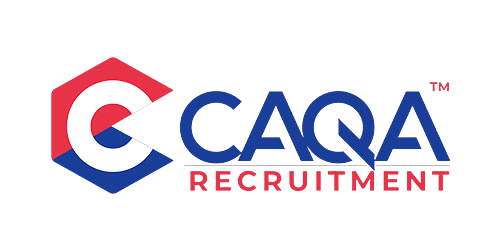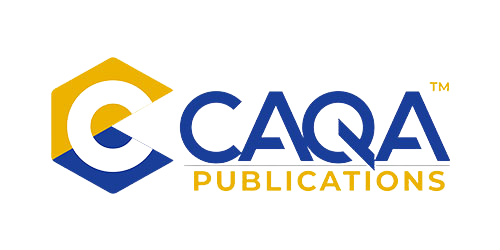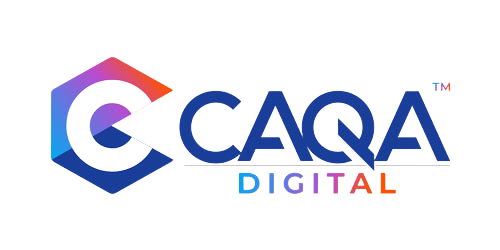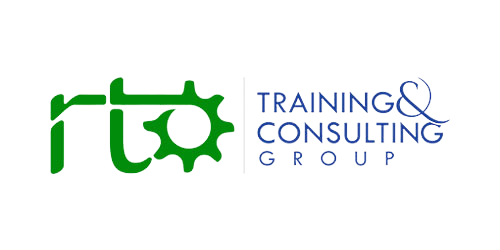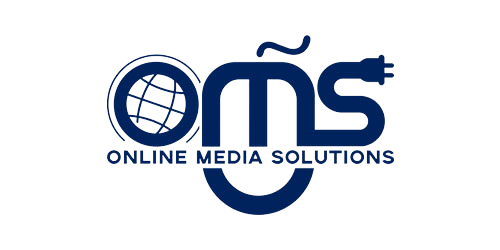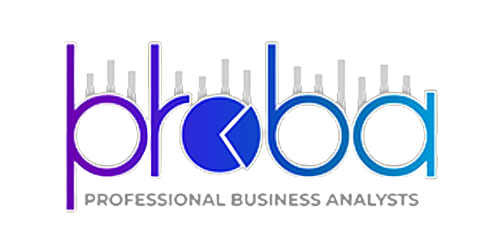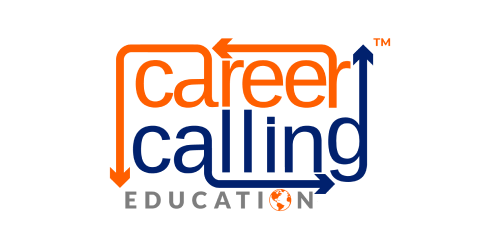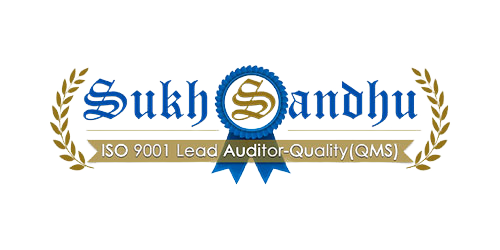As tools get smarter, leaders must become more human.
Algorithms now summarise, predict, and optimise at a scale no individual can match. That reality can trigger a very human response—fear of displacement, a temptation to double down on control, or a drift toward letting the machine “decide.” But the organisations thriving through this inflection point are led by people who view artificial intelligence as a force multiplier for distinctly human strengths. They remember that while code can compute, it cannot care; while models can correlate, they do not make meaning. The competitive edge is not anti-technology—it's augmented humanity: the disciplined use of AI to extend human presence, purpose, and possibility.
This article reframes the moment and offers a practical leadership blueprint. It explains what remains uniquely human, how to partner with AI without surrendering judgment, and what practices, metrics, and guardrails help a team become both more innovative and more humane.
From automation anxiety to augmented awareness
Many leaders’ first encounters with AI—content generation, analytics copilots, automated workflows—arrive with unease. Will these tools dilute creative intuition? Replace expertise? In practice, AI tends to accelerate synthesis rather than erase insight. It can reveal patterns we couldn’t see and free cognitive bandwidth for the work only humans can do: framing problems, negotiating meaning, and motivating action. Fear narrows behaviour; awareness expands it. The more consciously we choose where AI belongs in our process, the more intelligent the system becomes.
What remains uniquely human—and commercially decisive
Deep connection and trust
Trust is the currency of execution. People commit discretionary effort when they feel seen, respected, and safe to try. Empathy and genuine presence are not UX features; they’re embodied abilities to read a room, calibrate tone, and respond to unspoken signals. AI can simulate politeness, but it cannot experience another’s stakes—or build the bonds that carry teams through ambiguity.
Purpose and moral imagination
Real leadership involves trade-offs that no optimisation function can settle: safety versus speed, privacy versus personalisation, margin versus mission. Ethical discernment requires more than rules; it requires values, context, and the willingness to be accountable for consequences. Purpose translates strategy into meaning, aligning personal motives with collective aims. Machines can propose scenarios; humans must choose who we are.
Creativity and possibility thinking.
Models remix what is. Humans imagine what isn’t—then rally others to build it. The bold leaps that create new categories rarely emerge from pattern-matching alone; they emerge from curiosity, contradiction, and lived experience. AI can widen our search; it does not replace the spark that asks “why not?” or the courage to act before proof is tidy.
Sensemaking under uncertainty
Leaders often decide with incomplete, conflicting data. Sensemaking blends evidence with narrative to create shared understanding. It rests on judgment, tacit knowledge, and social context. AI can forecast; it cannot convene people around a story they trust enough to follow.
Embodied presence
Fatigue, conflict, and change are felt before they are articulated. The steady presence that calms a room, the integrity that holds a hard line, the humour that releases tension—these are human capacities rooted in emotion regulation and social attunement. They are the difference between technical plans and real commitment.
Five shifts from managing tasks to leading meaning
From answers to better questions
In a world where tools propose countless answers, the advantage shifts to question quality. Leaders set the inquiry: What problem are we actually solving? For whom? What would make this ten times better, not ten per cent? Framing beats finding.
From ownership of work to stewardship of systems
Micromanagement breaks down under complexity. Leaders design systems that make the right thing easy: clear roles, lightweight rituals, visible work, and fast feedback. When the system holds standards, people can exercise judgment.
From speed alone to speed with safety
AI accelerates throughput. Leadership supplies brakes: risk thresholds, human-in-the-loop checkpoints for sensitive actions, and explicit “stop rules” when signals turn red. Velocity without integrity is a reputational debt.
From private brilliance to collective intelligence
Performance scales when insights travel. Leaders make learning public—showing drafts, narrating decisions, and institutionalising post-event reviews. AI can capture and summarise, but leaders must model the vulnerability that makes sharing safe.
From efficiency to meaning
Tools optimise effort. Leaders optimise significance. They connect tasks to purpose, celebrate progress, and honour constraints. Meaning fuels resilience when novelty becomes normal.
An operating system for augmented leadership
Clarify the human–machine handshake
Decide deliberately where AI adds value and where humans must lead. For example, let models propose options; humans define the problem and choose. Let AI summarise signals; humans set thresholds and interpret surprises. Document the division of labour so teams know what to trust, what to check, and when to escalate.
Codify quality without crushing autonomy
Create “definition of done” checklists and exemplars for repeatable work. Pair them with genuine decision rights so people can adapt to context. Standards protect outcomes; autonomy protects engagement.
Make work observable
Replace nervous check-ins with lightweight visibility. Use brief written updates, kanban boards, or end-of-day notes that show progress, blockers, and next steps. Visibility is not surveillance; it is the substrate of coordination.
Institutionalise learning loops
Run short, blameless reviews after launches, losses, and near-misses. Capture what we expected, what happened, what we learned, and what we’ll change. Feed insights into playbooks that the AI can surface later—so the system truly gets smarter.
Build ethical guardrails up front
For every AI-enabled process, specify data sources, privacy constraints, fairness checks, and a clear path to human review. Log automated actions, especially those affecting people, money, safety, or reputation. Ethics by design costs less than ethics by apology.
Practical rituals that make humanity tangible
Weekly alignment
Hold a 20-minute rhythm that anchors purpose, priorities, and ownership. Name one risk to watch and one experiment to run. Invite concerns early; ambiguity compounds silently.
Decision journals
For consequential calls, record the frame, options considered, assumptions, and rationale. This creates accountability, reduces hindsight bias, and builds a library your future self—and your successors—can learn from.
Office hours and open loops
Offer predictable windows for questions and coaching. People are more autonomous when access is reliable. Encourage “open loops” where problems are shared early without penalty.
Recognition that teaches
Praise publicly with precision. Instead of “great job,” say, “You clarified the user’s problem before proposing features—that’s why the solution landed.” Recognition should reinforce the behaviours that scale.
Recovery as a KPI
Protect time for deep work, rest, and reflection. Burnout negates any productivity gain AI delivers. Model boundaries—if you send late emails, use delayed send and tell people why.
Metrics that matter in an AI-accelerated team
Track fewer, better indicators. Favour measures of autonomy, learning, and integrity over vanity volume.
• Decision velocity with quality: how many decisions are made at the edge without escalation, and what is the rework rate?
• Time to clarity: how long from problem identification to a shared definition of success?
• Near-miss capture: Are we surfacing and learning from close calls before they become incidents?
• Psychological safety pulse: do people report they can speak up, admit mistakes, and raise risks?
• Purpose alignment: do team members understand how their work advances the mission—and can they explain it in their own words?
Guardrails for responsible AI use in teams
Establish a living policy that covers permitted tools, approved data, disclosure norms, and red lines. Require attribution when AI significantly contributes to an artefact. Mandate human review for externally facing content, decisions with legal or ethical weight, and any action involving personal data. Review the policy quarterly; the landscape moves.
Developing leaders for augmented humanity
Skills to invest in now
Sensemaking, ethical reasoning, facilitative coaching, conflict transformation, and storytelling under uncertainty. Layer on technical literacy sufficient to ask good questions of data and models, without expecting every leader to become an engineer.
A 30–60–90 day plan
First 30 days: map where AI already touches your workflows, identify high-risk decisions, and agree on a basic human-in-the-loop model. Next 30: run two small pilots that pair AI with new team rituals (for example, AI-assisted synthesis plus decision journals). Final 30: standardise what worked, retire what didn’t, and publish your internal playbook.
Mentors and mirrors
Pair emerging leaders with a cross-functional mentor and a peer learning circle. Encourage them to bring one “messy decision” each month for collective sensemaking. Leadership grows faster in a community than in solitude.
Navigating hard edges: when to take the wheel
There are moments—safety incidents, crises, ethical breaches—when directive leadership is essential. Signal the shift clearly (“For the next two hours I’ll direct to stabilise the situation, then we’ll debrief”). Afterwards, return autonomy and extract learning. Command should be a temporary mode, not a permanent culture.
Common traps—and how to avoid them
Over-trusting automation: impressive fluency can mask confident wrongness. Require adversarial testing and red-team reviews for critical systems. Under-investing in data quality: messy inputs make misleading outputs. Treat data stewardship as everyone’s job. Performing empathy: people feel the difference between scripted warmth and genuine care. If you don’t have time to listen, you don’t have time to lead. Mistaking speed for progress: if rework rises and trust falls, you’re accelerating in the wrong direction. Slow down to go right, then go fast.
A brief case vignette
Consider a mid-sized services firm that introduced an AI copilot to summarise client calls and draft proposals. Early wins were offset by subtle losses: templated language dulled distinctiveness, and junior staff deferred judgment to the tool. The leadership response was to reset the handshake: AI would propose; humans would personalise and decide. They added two rituals—a five-minute “purpose check” before drafting (“What outcome does this client need?”) and a two-minute “voice pass” at the end to restore tone. They also implemented decision journals for major pitches. Within a quarter, proposal win-rates rose, rework fell, and juniors reported greater confidence because they understood when—and why—to override the machine.
Closing reflection: technology amplifies what we bring to it
AI will keep getting better at the tasks we once used to define knowledge work. That is not our loss; it’s our cue. The more the tools can do, the more leadership becomes about what only humans can supply: presence that steadies, purpose that aligns, and possibility that invites people to build what does not yet exist. Lead from those—and let the machines do what machines do best. The result is not less humanity at work, but more: clearer choices, kinder cultures, bolder ideas, and outcomes we can be proud to own.













